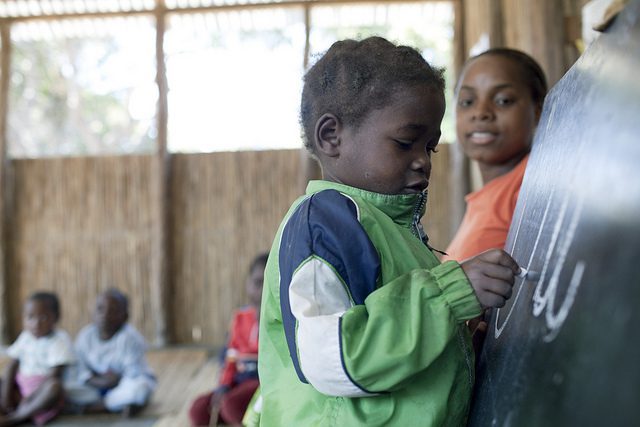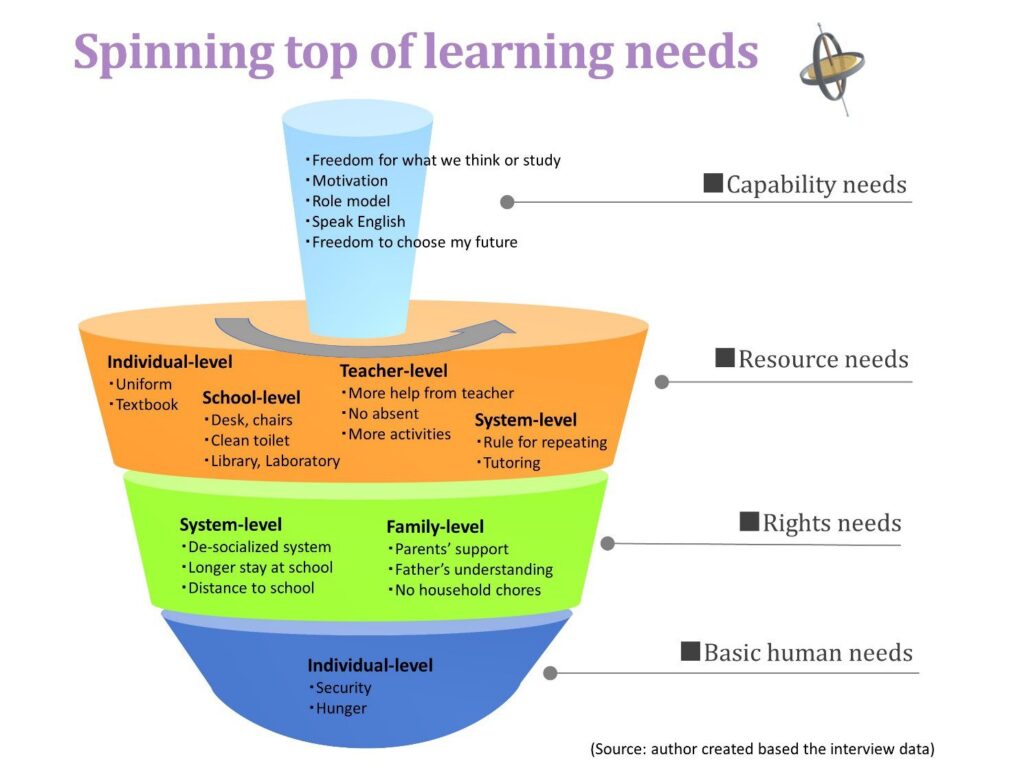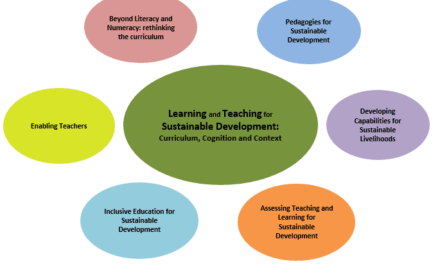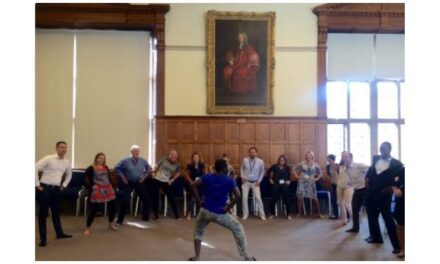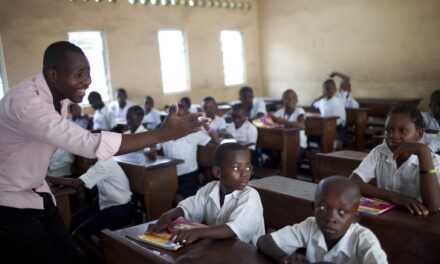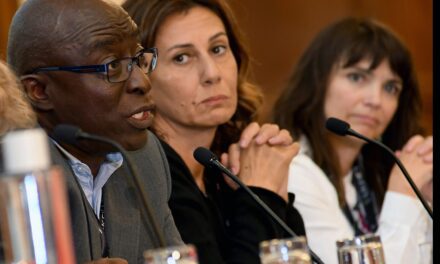This blog was written by Sugata Sumida, Research Fellow, Japan Society for the Promotion of Science, Hiroshima University. For the 2017 UKFIET conference, 23 individuals were provided with bursaries to assist them to participate and present at the conference. The researchers were asked to write a short piece about their experience. Sugata’s research interests include effectiveness of development aid in education sector, economics of education, and equity of education.
Why learning needs?
Although recent discussions about education in international development have shifted focus from access to learning, understanding the needs has become more challenging. The learning needs that we know about are often identified through aid projects or local government policies which have limited resources and time, and thus tend to be partial or fragmented needs. However, learning is a continuous activity for learners and to make it sustainable, it is important to understand the whole picture of these needs.
What does the literature say?
There is a rich literature on social needs that demonstrates the definition/type and the structure. For example, Bradshaw (1972) explains that there are four types of needs: felt needs, expressed needs, comparative needs, and normative needs. Maslow (1954) describes needs in a hierarchy structure ranging from lower needs to higher needs. He explains that the higher needs are only recognised when the lower needs are gratified. These scholars claim that the definition of varies according to who ascertains the needs and how they are ascertained (e.g. Atwood & Ellis, 1971). Needs generally belong to individuals who have problems, but it is not necessarily the individuals who express or realise the needs. For the case of learning in developing countries, needs are often recognized by externals or through help from externals, such as local government or foreign aid donors. In respect to how needs are ascertained, there are at least two views: glass half empty or glass half full; and this view changes the way that the needs are described.
Identifying learning needs
Informed by literature, I focused on learners themselves and investigated various types and levels of needs through asking about current, past and possible future problems, and the needs which the learner expressed, those they discovered through comparing with others, and those they think are needed for children. During the interviews, I observed their needs through both positive and negative views. I carried out field work twice, in 2016 and 2017, and collected 40 samples, from ranging of ages, locations and gender.
What do learning needs look like?
Based on the interview data, I found a total of 73 kinds of learning needs which are located at individual level (23), family level (11), teacher/school level (34), and systems (policy) level (5). The needs are categorised into four groups: basic human needs (physical condition is good), rights-based needs (learning rights are guaranteed), resourcing needs (learning environment is provided), and capability needs (having choices in learning). The analysis found that these four groups were arranged in a hierarchy and can be illustrated by the metaphor of a spinning top, which has space to be filled inside (see Figure 1). This Figure demonstrates that when the needs are filled in the spinning top, learning occurs, and that a sustainable learning spinning top requires a stable lever and balanced shape.
What do we still need to understand about learning needs?
I took a case study of Mozambique, but additional case studies are needed to make this finding robust. In addition, it is assumed that there are different structures, depending on gender, age, location or other characteristics. Therefore, we need to further conduct separate examinations to understand the learning needs for each of these groups.
References
Atwood, M. H., & Ellis, J. (1971). The Concept of Need: An Analysis for Adult Education. Adult Leadership, 19, 210–212, 244.
Bradshaw, J. R. (1972). Taxonomy of Social Need. In G. McLachlan (Ed.), Problems and progress in medical care: essays on current research (pp. 71-82). London: Oxford University Press.
Maslow, A. (1954). Motivation and Personality. Harper and Row New York.

